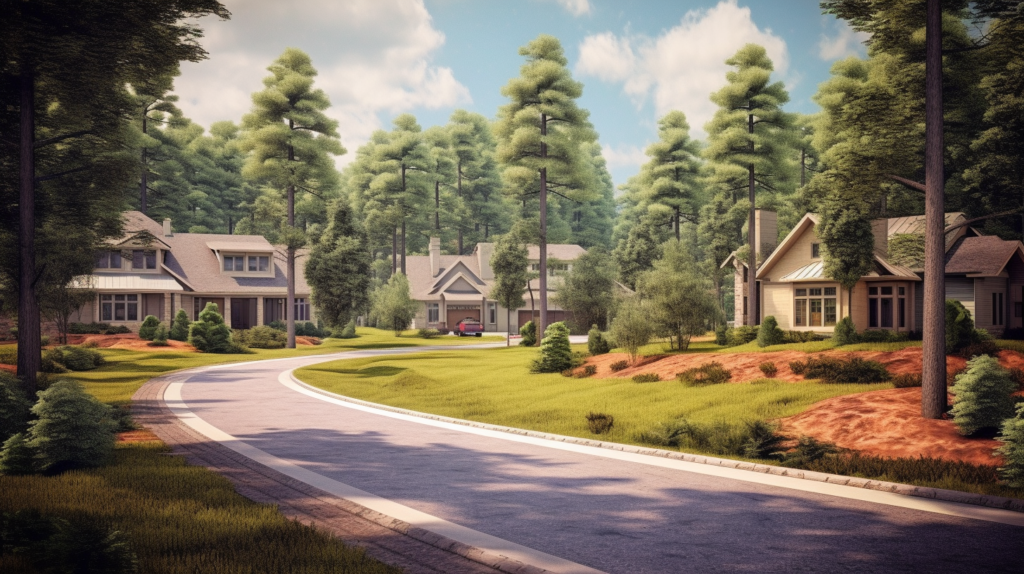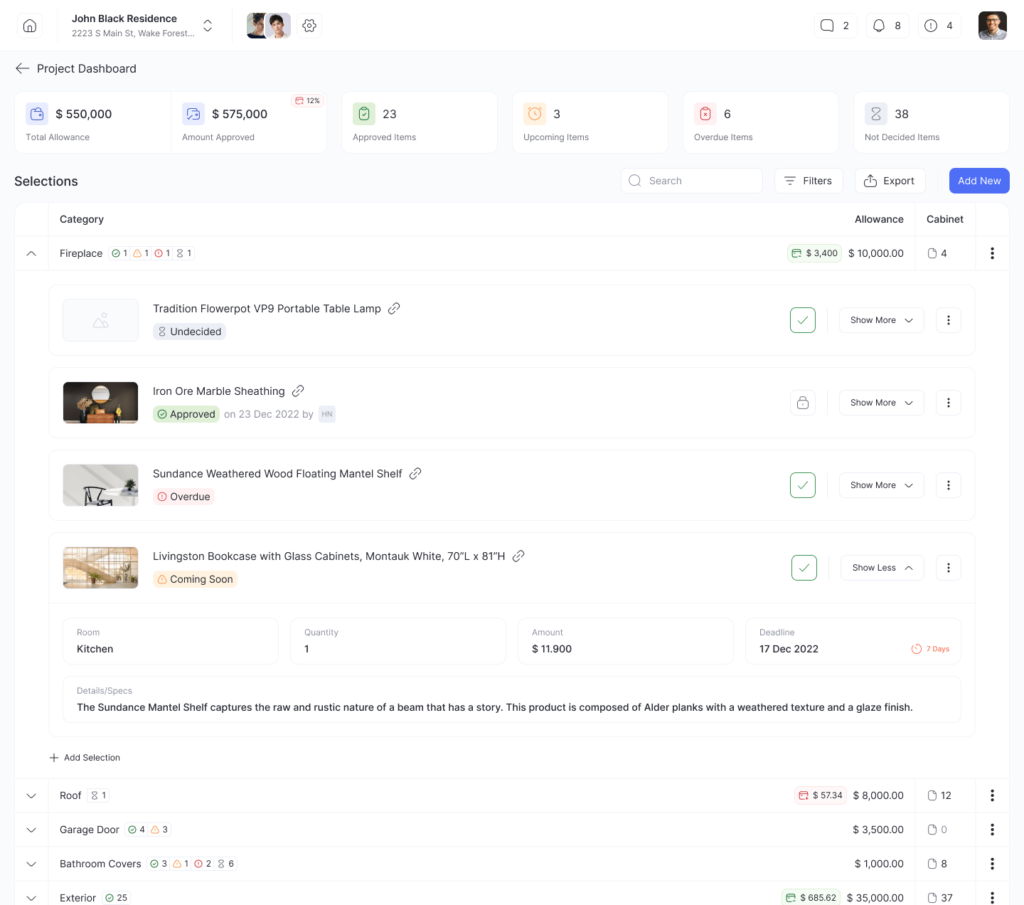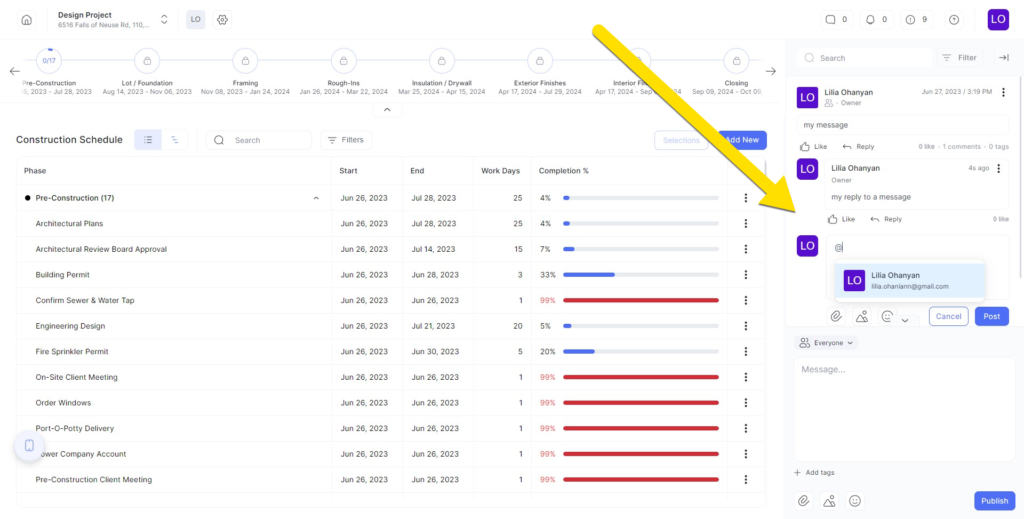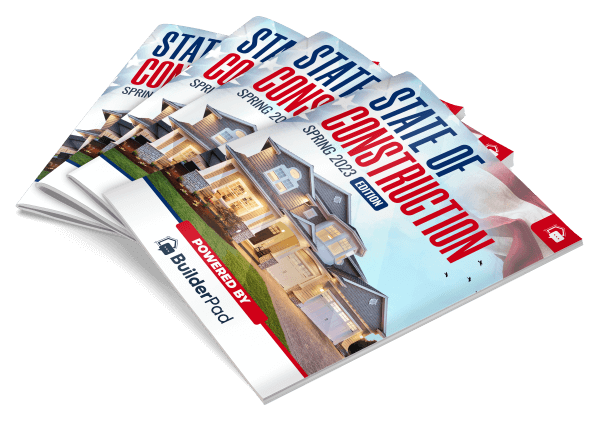Construction budgeting is a critical aspect of any construction project, ensuring that the project is executed efficiently, within financial constraints, and meets the desired quality standards.
As technology evolves and economic factors fluctuate, construction budgeting practices have also adapted to the changing landscape. In 2023, construction budgeting
has taken on new dimensions, integrating advanced tools and methodologies to enhance accuracy and streamline the process.
This comprehensive guide explores the key components of construction budgeting in 2023 and provides insights into best practices for successful project delivery.
1. Initial Project Assessment

The construction budgeting process begins with a thorough assessment of the project’s scope, objectives, and constraints.
This stage involves collaborating with architects, engineers, and stakeholders to gather detailed information about the project’s requirements, design complexity, and any unique challenges that may impact the budget.
2. Cost Estimation Techniques
In 2023, cost estimation has evolved with the incorporation of advanced technologies such as Building Information Modeling (BIM), 3D scanning, and artificial intelligence.
BIM allows for precise virtual representations of the project, aiding in accurate material quantity take-offs and cost calculations. 3D scanning helps capture existing site conditions accurately, minimizing surprises during construction.
3. Building Contingencies
Unforeseen events can significantly impact a construction project’s budget.
In 2023, construction budgeting includes comprehensive contingencies to account for potential risks, such as weather-related delays, supply chain disruptions, or regulatory changes.
These contingencies, often based on historical data and industry benchmarks, provide a safety net against cost overruns.
4. Sustainable Construction Practices

With increasing awareness of environmental issues, sustainable construction practices have become an integral part of many projects.
While sustainable initiatives might have upfront costs, they often lead to long-term savings through energy efficiency and reduced maintenance.
Budgeting for sustainable features, such as solar panels or rainwater harvesting systems, is a key consideration in modern construction budgeting.
5. Technology Integration
Construction budgeting has embraced various software tools designed to enhance accuracy and collaboration.
Project management software, cost estimation tools, and financial tracking platforms enable real-time monitoring of expenses, helping project managers make informed decisions to keep the project on budget.

BuilderPad itself is a technology-driven platform that centralizes project management, cost tracking, and communication. It offers tools for project managers to monitor expenses, track budgets, and communicate with team members in real time, streamlining the entire budgeting process.
6. Procurement Strategies
In 2023, procurement strategies have diversified to accommodate changing market dynamics. Some projects leverage global sourcing for materials, while others prioritize local suppliers to support the community.
The choice of procurement strategy can significantly impact costs, making it an essential aspect of construction budgeting.
7. Skilled Labor Considerations

The availability and cost of skilled labor are crucial factors in construction budgeting. In recent years, the industry has witnessed labor shortages in various regions.
This has led to a focus on optimizing labor productivity through training programs, efficient scheduling, and the use of labor management software.
8. Regular Budget Monitoring
Gone are the days of creating a budget and sticking to it without deviation. Modern construction budgeting involves continuous monitoring of expenses against the budget.
This proactive approach allows project managers to identify potential deviations early and take corrective measures to prevent cost overruns.
BuilderPad’s tracking capabilities allow project managers to monitor expenses against the budget on an ongoing basis.

9. Communication and Transparency
Open communication among all stakeholders is fundamental to successful construction budgeting. Regular updates on budget status, potential changes, and challenges foster transparency and collaboration.
Technology-driven communication tools facilitate instant sharing of information, reducing misunderstandings and conflicts.
BuilderPad offers communication tools that enable seamless collaboration among all stakeholders.
Team members can share budget-related updates, track expenses, and discuss potential changes within the platform, promoting transparency and minimizing miscommunication.

10. Adapting to Change
Flexibility is key in construction budgeting. The year 2023 emphasizes the need to adapt to unexpected changes, whether they are technological advancements, regulatory shifts, or unforeseen economic events.
Projects that can adjust their budgets and plans swiftly are better positioned for success.
Conclusion
Construction budgeting in 2023 is a dynamic and technology-driven process that incorporates advanced tools, sustainable practices, and a proactive approach to risk management.
By integrating these components and fostering clear communication, construction projects can navigate the complexities of modern budgeting to deliver results that align with financial expectations and quality standards.
As the construction industry continues to evolve, mastering the art of construction budgeting remains a cornerstone of successful project management.
By leveraging BuilderPad, construction professionals can enhance their budgeting processes, ensure accurate cost estimations, and successfully navigate the complexities of contemporary construction projects.
Construction Budgeting: FAQ
What is construction budgeting?
Construction budgeting is the process of estimating, planning, and managing the financial aspects of a construction project, including expenses related to materials, labor, equipment, and other project-related costs.
How has technology impacted construction budgeting?
Technology has revolutionized construction budgeting by introducing tools like Building Information Modeling (BIM), project management software, and real-time communication platforms. These technologies enhance accuracy, collaboration, and transparency in budgeting.
What role does BuilderPad play in construction budgeting?
BuilderPad is an advanced project management platform that offers features such as real-time expense tracking, cost estimation, supplier management, and communication tools. It integrates technology to streamline budgeting processes and facilitate informed decision-making.
What is the difference between construction budget and project budget?
The construction budget specifically refers to the allocation of funds for the construction phase of a project, while the project budget encompasses all costs associated with the entire project lifecycle, including planning, design, construction, and post-construction activities.
What are construction cost examples?
Construction costs examples include expenses for materials such as concrete and steel, labor wages, equipment rental, permits, and site preparation.







